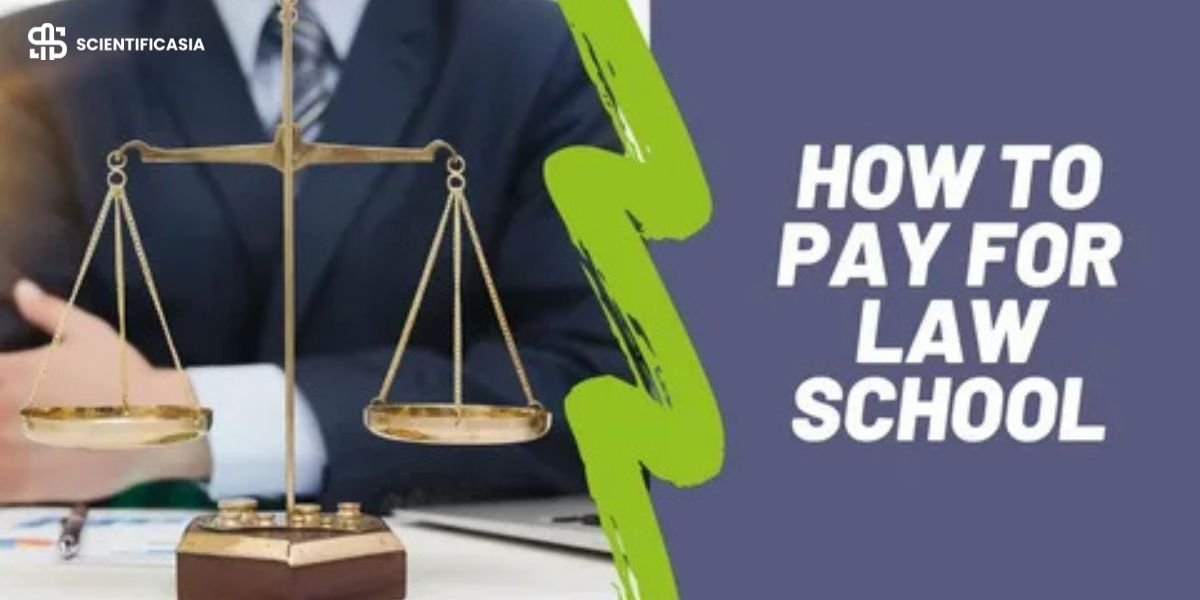Law school is often a dream. The idea of becoming someone who argues for justice, who advises, and who helps change lives is powerful. But alongside that dream often comes a heavy burden: tuition, books, living expenses, the cost of licensing, all piling up while your income is low (or non-existent) for a time. It’s easy to feel overwhelmed, like every choice now could lock you into years of debt.
If you’re reading this, you probably care deeply about doing right by others, about walking the path you believe in, but you also care about being financially alive: not drowning under loans, working in jobs you enjoy, maybe even giving back. The good news is, there are practical, thoughtful ways to pay for law school without letting debt define you.
1. Scholarships & Grants
One of the best-kept secrets in funding law school is the power of scholarships and grants. These are gift money you don’t have to pay back. For many, they make the difference between borrowing tens of thousands and borrowing hundreds of thousands.
- Merit-based scholarships
- Need-based grants
- External scholarships
- School-specific funds
Because this “free money” reduces what you have to borrow, it reduces long-term interest, stress, and restrictiveness. Yes, it takes effort: researching, applying, writing essays, but the payoff can be tremendous.
2. Private Student Loans for Law School
Sometimes, scholarships and federal aid don’t cover everything. That’s where law school loans come in. They can help fill the gap, but with caveats, and only after understanding what you’re getting into. They have higher interest rates than federal loans, and generally fewer consumer protections.
3. Work-Study, Part-Time Work & Internships
Studying and making an income at the same time is tough, but many law students find that working part-time, doing internships, or taking on work-study can cover a meaningful portion of living expenses, reducing how much you borrow and easing stress.
- Law school internships (especially paid ones) can offer legal experience and income.
- Part-time jobs might be less glamorous (library, admin, tutoring, etc.), but every dollar saved is one less dollar borrowed.
- Work-study: Where available, federal work-study programs provide on-campus or community service jobs that respect academic scheduling.
4. Loan Forgiveness & Repayment Assistance Programs
One of the biggest lights at the end of the law school debt tunnel is loan forgiveness, or assistance in making repayment more manageable. For many, this isn’t just hope; it’s essential.
- Public Service Loan Forgiveness (PSLF) is a major program for federal loan borrowers.
- Loan Repayment Assistance Programs (LRAPs) offered by law schools or states
- Also, check state LRAPs or local government programs
- Federal income-driven repayment plans (IDR) also help, by keeping payments affordable relative to income.
5. Budgeting, Living Cost Adjustments, & Affordable Law Schools
Even with aid, what you do day to day matters. Small savings here, wise choices there, can subtract a large amount from what you need to borrow.
- Choose your law school carefully.
- Live affordably. Sharing housing, cooking instead of eating out
- Minimize unnecessary expenses. Also, reduce entertainment or travel costs where possible.
- Make a budget early, update it regularly
- Earn extra where possible
Conclusion
As you explore these six paths, you don’t have to let debt define your story. With planning, resourcefulness, and a clear vision of where you’re headed, you can put law school within reach without giving up the life you want afterward.
















